Astronomers have always tried to judge distances in our vast Universe. Some familiar stars are used to judge distances.
To understand parallax, it is sufficient to observe a remote object by closing one eye and by putting our finger in the alignment of the object, closing the other eye we see the object move relative finger. It is apparent that this angle is called the parallax. The parallax is used to see objects in three dimensions, the distance between our two eyes allows us to evaluate the distance, this is the observation system that astronomers use to measure distances of stars. Astronomers measure the parallax angle by measuring the position of a star from a position of Earth in its orbit, and measure again six months later when the Earth is on the other side of the Sun. More the star is close more the parallax angle is great. This angle gives us directly the distance of the star. The stars are very far from our solar system, even the nearest star, Proxima Centauri, the distance is difficult to measure. Proxima Centauri has an arc of 0.7 seconds, which is small, there are 360 degrees in a circle in each level there are 60 arc minutes and each minute has 60 seconds of arc. To measure the distance of more distant stars astronomers use a feature of some stars. Variable stars are flashing at the same pace all the time, is found in the Cepheids. | | The constellation Cepheus contains 57 stars visible with Delta Cephei (Cepheidus Prototypus) that serves as a prototype. More a Cepheid is large and bright, more the pulse frequency is slow (10 to 60 days).
Henrietta Leavitt, in the years 1910-1920, finds that the periods of the Cepheids are much larger than they are brilliant. It defines a relation between the period of variation and the apparent brightness of these stars.
As the distance of stars between them inside the cloud is negligible compared to their distance from Earth, simply measure the distance of one of these Cepheids, by the method of parallax to obtain a general relation linking their period and absolute luminosity. Indeed over the star is far and its apparent brightness is low. Thus one can determine the distance of any other Cepheid observed. This measurement was performed for the first time in 1916 by Harlow Shapley and from Cepheids have become a benchmark for measuring the distance of stars. The closest galaxies can be measured by the method of Cepheids when it contains a star of this type, very bright, such as a supernova. For more distant objects, using the method of redshift of the electromagnetic spectrum.
So thanks to the light that we can measure the distances of cosmic objects, if they be light, astronomers back to the depths of the observable universe. | | 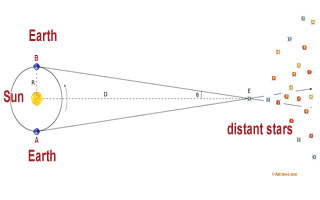 Image: The parallax is used to see objects in three dimensions, the distance between our two eyes allows us to evaluate the distance, this is the observation system that astronomers use to measure distances of stars. Astronomers measure the parallax angle by measuring the position of a star from a position of Earth in its orbit, and measure again six months later when the Earth is on the other side of the Sun. |
 Automatic translation
Automatic translation



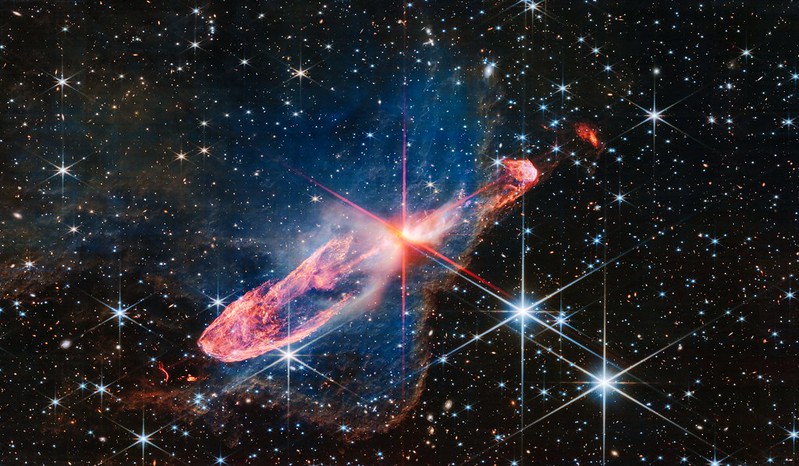 The life of the stars: From the collapse of the nebula to the cataclysmic explosion
The life of the stars: From the collapse of the nebula to the cataclysmic explosion
 The paradox of the young Sun
The paradox of the young Sun
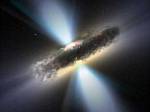 Black hole, massive star residue
Black hole, massive star residue
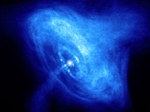 Neutron Star
Neutron Star
 Blue and red giants
Blue and red giants
 He is born four or five stars every year
He is born four or five stars every year
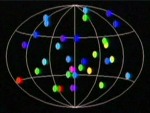 The mystery of gamma-ray bursts
The mystery of gamma-ray bursts
 The white dwarfs
The white dwarfs
 The brown dwarfs
The brown dwarfs
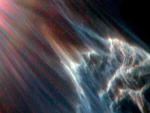 Stellar Winds of the Merope Nebula
Stellar Winds of the Merope Nebula
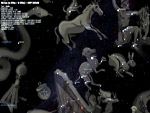 Bright Stars Sirius
Bright Stars Sirius
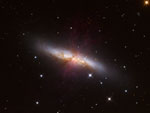 The Cigar Explosion
The Cigar Explosion
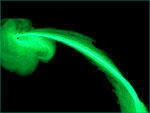 Escape velocity of small objects from black holes
Escape velocity of small objects from black holes
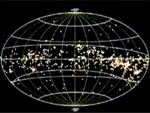 Gould's belt, a stellar firework
Gould's belt, a stellar firework
 The death of stars as seen by hubble
The death of stars as seen by hubble
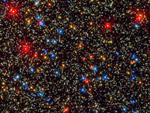 Blue, white, yellow, orange stars
Blue, white, yellow, orange stars
 The 500 stars of the Pleiades
The 500 stars of the Pleiades
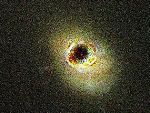 In search of black holes
In search of black holes
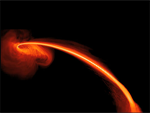 More details about Fomalhaut
More details about Fomalhaut
 The yellow dwarfs
The yellow dwarfs
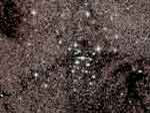 Thousands of stars bound by gravity
Thousands of stars bound by gravity
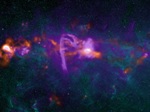 Sagittarius A, our black hole in 2013
Sagittarius A, our black hole in 2013
 Comparative sizes of planets and stars
Comparative sizes of planets and stars
 What is a Cepheid?
What is a Cepheid?
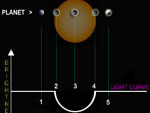 Turn off the stars to see exoplanets
Turn off the stars to see exoplanets
 Supernovae or the death of a star
Supernovae or the death of a star
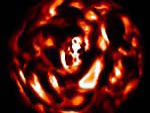 Most detailed image of Betelgeuse
Most detailed image of Betelgeuse
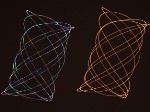 Star or Planet
Star or Planet
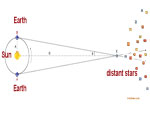 How to calculate the distance of stars?
How to calculate the distance of stars?
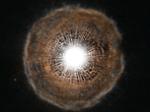 U Cam, a star at the end of its life
U Cam, a star at the end of its life
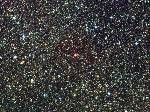 The red dwarfs
The red dwarfs
 A gigantic black hole
A gigantic black hole
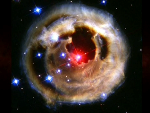 Live explosion seen by Hubble
Live explosion seen by Hubble
 Stars near Alpha Centauri
Stars near Alpha Centauri
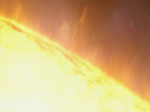 The Power of the Sun
The Power of the Sun
 Coatlicue, the star at the origin of our Sun
Coatlicue, the star at the origin of our Sun